Insects and Houseplants
- Mealy Bugs
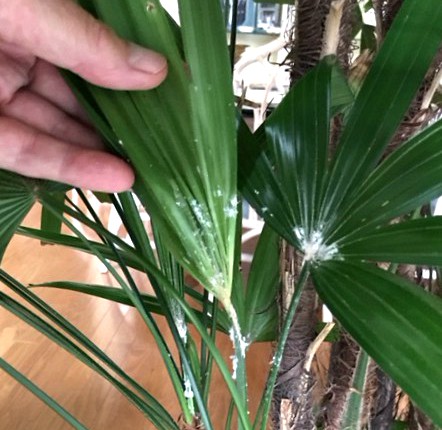 Mealy Bugs on Rhapis Palm
Mealy Bugs on Rhapis PalmAdult mealy bugs are about 1/16th inch long and look like miniature balls of cotton. Look closely and you'll see the insects and their eggs. Like most insects, they don't like light so look for them down inside the plant where the leaf meets the stem and on the undersides of leaves.
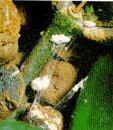 Closeup of active Mealy Bugs Closeup of active Mealy Bugs |
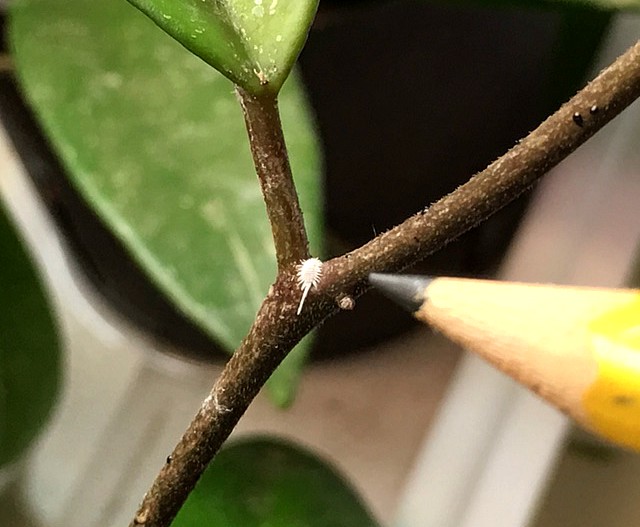 Adult female on the move looking for the best place to lay eggs. Adult female on the move looking for the best place to lay eggs. |
Mealy bugs feed by piercing the plant surface with mouths that look like hypodermic needles. As they suck out the sap, they excrete a sticky substance that coats the leaves. Called "Honeydew", this excretion first looks like honey, but soon turns to a moldy black. This coating makes it hard for the plant to breathe and attracts ants.
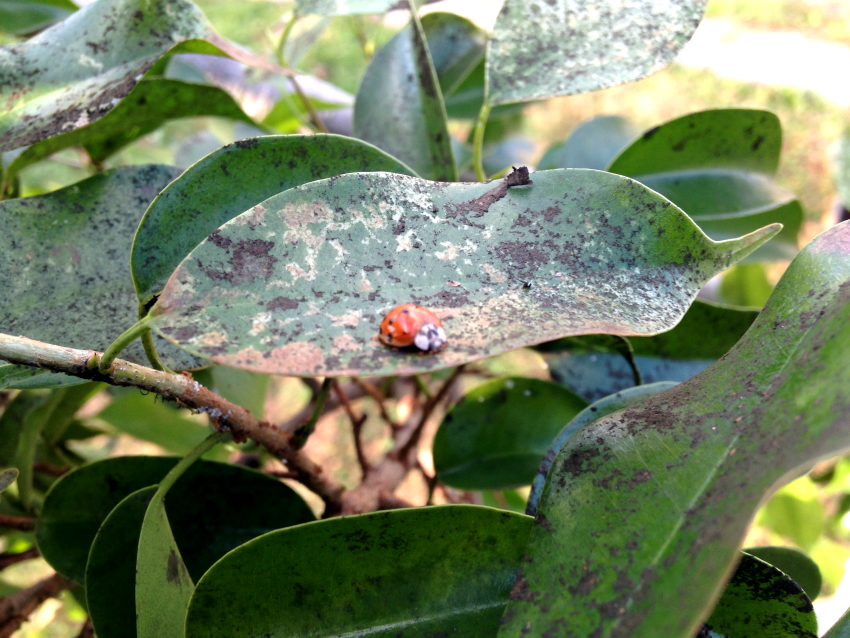 Black mold growing on leaves of a ficus tree from "honeydew" that mealy bugs left behind (that's a friendly Lady Bug out for a walk across the leaf)
Black mold growing on leaves of a ficus tree from "honeydew" that mealy bugs left behind (that's a friendly Lady Bug out for a walk across the leaf)Mealy bugs live in groups and their cotton-like protective shield makes them easy to spot.
Mealy bugs live for six weeks to two months. Because the adults are on the move most of their lives, they can cover a lot of plants in their short lives. Eggs hatch in 5-10 days, or wait longer until conditions are right.
Mealy Bugs don't limit themselves to just plants. They also lay eggs on benches, grow pots, and any other object close by.
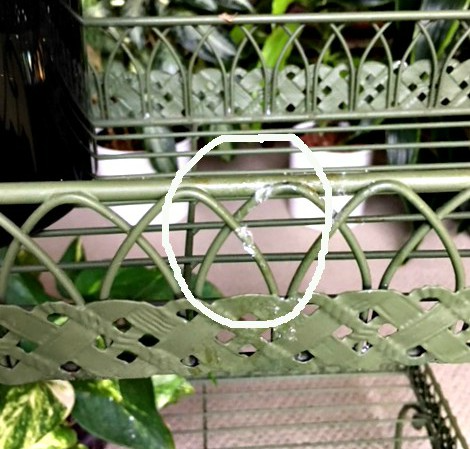 Mealy Bugs on a plant stand after infected plant was removed. Mealy Bugs on a plant stand after infected plant was removed. |
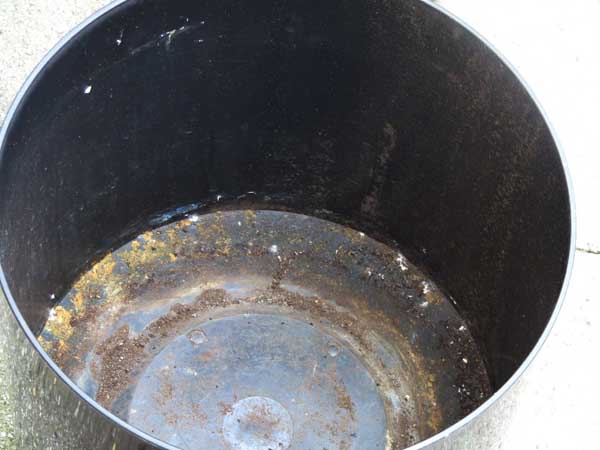 Mealy bugs on a decorative container. Those little white specks are Mealy Bugs at the bottom of the pot. Mealy bugs on a decorative container. Those little white specks are Mealy Bugs at the bottom of the pot. |
Controls for Mealy Bugs
Mealy bugs are protected with a cotton-like shield that that must be penetrated to effectively control them. Simply spraying the plant won't dislodge the cotton-like shield.
Neem Oil is an effective control for mealy bugs. Mix 1 TBLS of Neem Oil in 1 quart of water in sprayer. Add a drop of dish soap to help the Neem Oil mix with water. Shake thoroughly.
Note: Neem is effective for only12 hours after mixing.
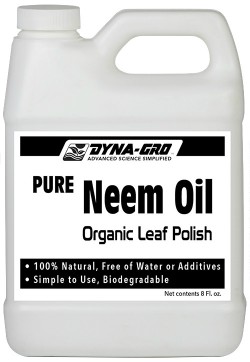
- Spray plant leaves throughly.
- Then, support the plant's leaves in one hand, gently scrub the leaf (top and bottom) with a soft bristtle brush.
- Take time to scrub every leaf. Be sure to get into crevice where the leaf meets the stem.
- Spray pebbles.
- Spray grow pot.
- Rinse with clear water.
- Repeat once a week for 3 weeks even if you don't see insects.

